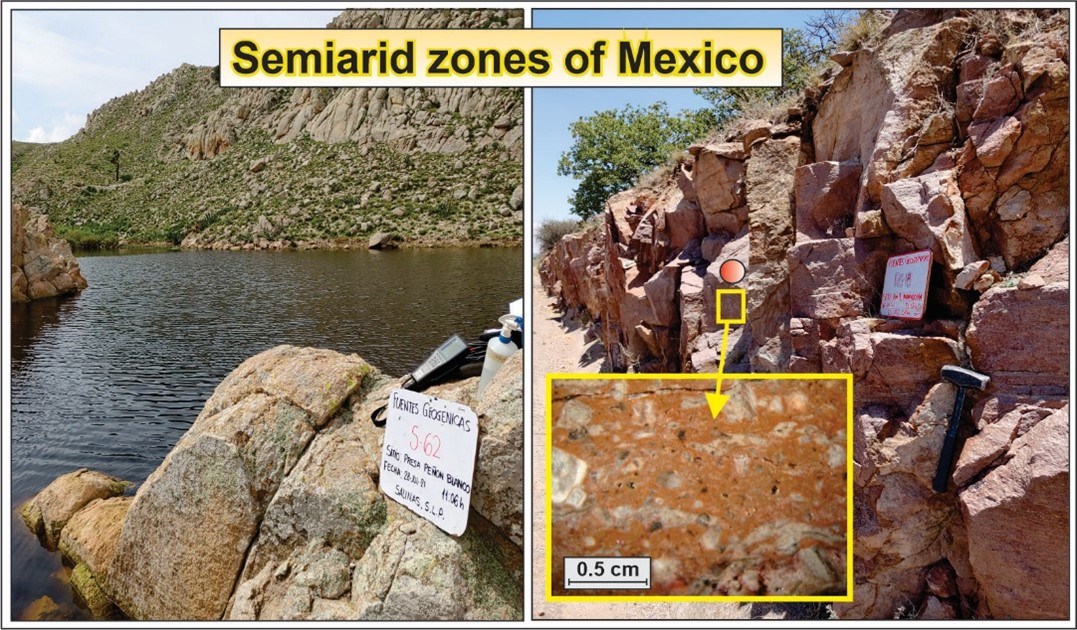Origin and geochemical controls of toxicologically relevant elements in intensively extracted aquifers in semiarid zones of Mexico (ToxMex)

The presence of toxicologically relevant elements in the water supply constitutes a health risk. Specifically for Mexico, public health problems have been reported for these causes, associated with geogenic sources of fluoride (F), arsenic (As) and uranium (U). In addition, the update of NOM-127-SSA1-2021 for water for human use and consumption has reduced the maximum permissible limit for As (10 μg L-1), F (1.0 mg L-1) and Cd (3 μg L-1), in a gradual reduction scheme based on the number of inhabitants, incorporating new elements such as Se and Ni. In recent decades, the drilling of deep wells and intensive extraction for the supply of the agricultural and urban sectors has generated changes in water quality due to the induction of regional flows with long residence times. Recent studies have shown that concentrations of As, F and U have increased due to these processes in northern Mexico; however, little or nothing is known about the bearing phases and processes that release and control the presence of trace elements such as Cd, Se and Ni, others considered in the NOM (Cu, Pb, Hg, Mn, Ba, Al), and those not included such as I and Sr.
The general objective is to characterize the concentrations of toxicologically relevant elements in aquifers with intensive extraction in semi-arid zones of Mexico, the sources and mobilization mechanisms that favor or limit the presence of these elements in groundwater, with a multi-method approach that includes the characterization of major, minor and trace elements and isotopes in groundwater, the characterization of rocks and sediments by means of advanced techniques (e.g., SEM, EMP, LA-ICP-MS) and specifically designed mobility tests (SEP), this research will provide necessary information to define and generate groundwater management strategies to reduce exposure to naturally occurring contaminants.
